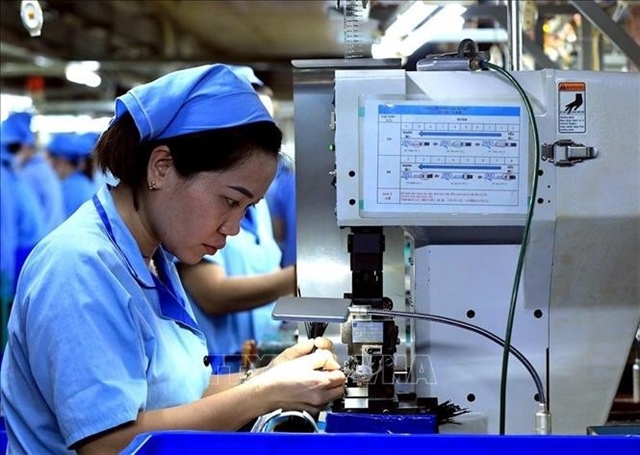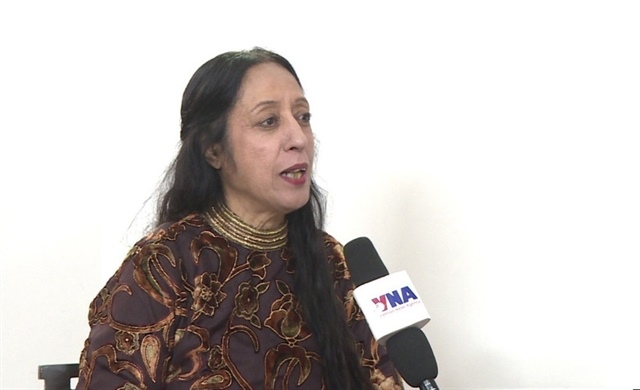GDP hits 13-year low, but positive signs exist
GDP hits 13-year low, but positive signs exist
Recently-released macroeconomic indicators showed that slower-than-normal credit growth and inflation have taken their toll on the country’s gross domestic product (GDP) growth in 2012. Still, the country has become a net exporter for the first time after 20 years with $248 million.

Vietnam’s GDP expands 5.03 percent in 2012, the lowest since 2000, according to the General Statistics Office of Vietnam (GSO).
The 2012 GDP growth is lower than the government’s early-December projection of 5.1 percent and at the second lowest rate after a 4.77 percent growth in 1999.
The country grew 6.5 percent averagely in 2007-2011, down 1 percent against the rate in 2001-2006.
It grew 5.89 percent in 2011.
As of December 20 2012, the total money supply of the economy soared 19.85 percent year on year, and outstanding credit of the economy was estimated to be at 6.45 percent, lower than the target of 8 percent, according to a recent government meeting.
Falling productivity in industrial sectors, accompanied by inefficiencies in state-owned enterprises (SOEs), banks and public investments, are the main causes for the slowdown, Bloomberg cited a report of the World Bank last week.
However, GDP rose 5.44 percent year on year in the last quarter of this year, a 0.39 percent quarter on quarter increase, signaling that the economy is picking up.
Positive signs
According to GSO, Vietnam has become a net exporter for the first time after 20 years with $248 million, the highest rate since a $40 million trade surplus in 1992.
Vietnam export revenue reached nearly $114.63 billion dollars, up 18.3 percent year on year, while import revenue was at $114.34 billion, representing a 7.1 percent year-on-year rise.
Foreign-invested enterprises (FIEs) and falling local demand for imported goods played a major role in the soaring up of exports and decrease of imports, explained Do Thuc, General Director of GSO.
Foreign direct investment (FDI) inflow into the country was estimated at $10.46 billion, down 4.9 percent from a year earlier.
Newly pledged foreign investment, plus the added funds for the expansion of existing projects, fell 22.4 percent to a combined $12.72 billion in January-December.
The CPI in 2012 was also lower than expected, at 6.81 percent. The index, normally driven by food- foodstuff group which weighs some 40 percent of the CPI calculation, was pushed by the groups of healthcare services and education in 2012.
CPI targeted at single-digit
Regarding Tuoi Tre’s question whether 2012 CPI decrease is in accordance with the cycle of two-year up – one-year down, signaling that CPI in 2013 can make a U-turn, Ngo Anh Duong, Deputy Director of the Department of Statistics said such a cycle really exists.
CPI rose in 2007-2008, then fell in 2009, and regained in 2010-2011 before retreating in 2012.
One important reason for the single-digit CPI rise this year is that it was difficult for a price increase when people tightened their belts.
Moreover, in 2013, some items will still have prices adjusted, such as those in healthcare sector. Last year, the new hospital fees applied at 30 provinces plus rising school tuitions brought about a whopping 2.2 percent month-on-month CPI rise in September.
“We forecast CPI 2013 will increase 7-8 percent provided the government is determined to control inflation to maintain macroeconomic stability,” she added.
tuoitrenew


























